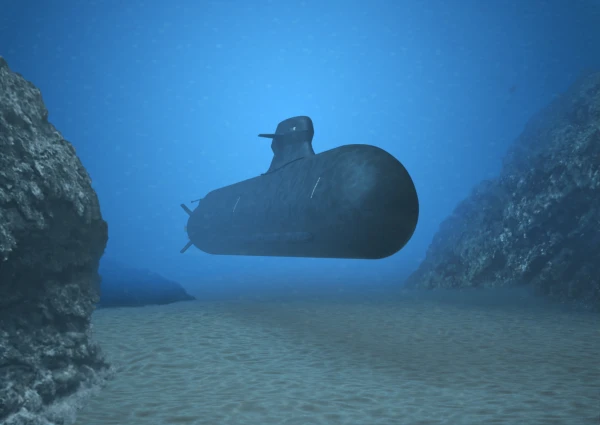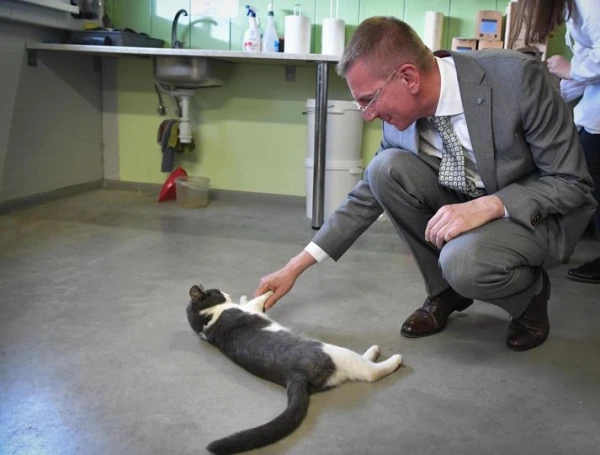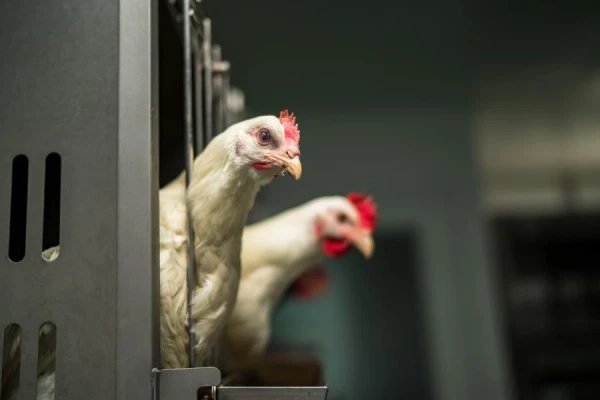
The sixth sense refers to remote touch, where changes in the environment can reveal the presence of an object before direct contact is made.
Researchers from Queen Mary University of London and University College London are developing an interdisciplinary framework to equip robots with a human-like sense of touch. This work, at the intersection of physiology, psychology, artificial intelligence, and robotics, aims to enable machines to perceive the world as humans do. Or even better — for instance, to provide them with an equivalent of a sixth sense, which humans themselves rarely utilize.
In this case, the sixth sense refers to remote touch, where changes in the environment can reveal the presence of an object before direct contact is made. This ability is well-developed in birds — in particular, shorebirds can detect worms buried in sand by sensing the movement of individual grains through their delicate and sensitive beaks. It turns out that humans, with proper training, can also locate buried objects by feeling the sand.
Experiments have shown that, on average, people can find buried objects at a depth of up to 2.7 cm, with a maximum range of 6.9 cm. The success rate is 70%, while robots equipped with corresponding sensors achieve no more than 40%. The challenge is to improve both the sensors and the data processing system, which requires understanding how remote touch works in humans.
From a practical standpoint, this skill is needed for robots to handle various materials delicately and to search for hidden objects. This will be useful, for example, in archaeology, during search and rescue operations, as well as when working with extraterrestrial soil — who knows what lies beneath the dust layer on Mars? Such sensors will also be beneficial when dealing with aggressive environments where direct contact with hazardous substances should be avoided.













